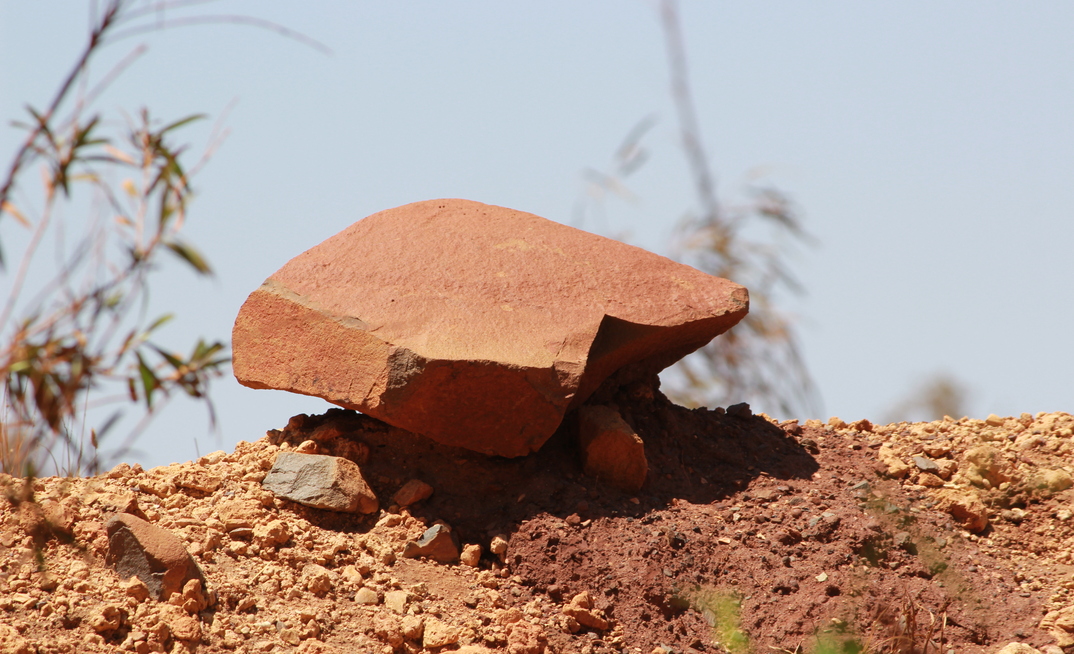It appears FM Global account engineering group manager Michael Beaumont has gold in his DNA.
The 33 year veteran of FM Global has spent most of his working life in Australia after moving from Canada to Sydney 28 years ago and is passionate about the mining industry.
Beaumont's family hails from Kirkland Lake near Ontario, a town built on gold and named after Ontario Department of Mines secretary Winnifred Kirkland.
The lake was used to dump tailings from local gold mines before it had to be dredged as nearby historical mine workings were being flooded.
YOU MIGHT ALSO LIKE
Beaumont said Kirkland Lake was and still is, an important gold mining centre.
"Kirkland Lake then became part of Agnico Eagle where my uncle was on the board just before he died," he said.
"So, a lot of passion comes from that part of the world."
Beaumont said most of his experience was built working with Australian companies and "spending a lot of time in the outback", in Western Australia's Pilbara, speaking to clients the company already serviced and those it wanted to attract.
He said FM Global's approach to risk management involved sending engineers on-site to identify issues themselves rather than using actuaries, which was a "unique way to do things".
FM Global insures about 300 mine sites worldwide.
As a property insurance company and a location-based underwriter, Beaumont said FM Global had more than 50 years of risk engineering loss history data in the bank that gave valuable insight into the driver of losses in the mining industry.
The global data shows more than 400 recorded losses at mine sites over a 20-year period as a result of inherent risks and others relating to the environment or location.
Report findings
FM Global's Understanding mining industry loss trends and predictive analytics report says losses incurred by Australia's mining industry are costly and disruptive for affected miners and affect the wider economy also.
The good news is, according to Beaumont, they can easily be avoided.
The report shows fire is the cause of more than a fifth of all losses incurred by the sector, followed by equipment breakdown, and natural hazards.
Fire-related losses account for 27% of all losses within a five-year period, due mainly to increased use of plastics in the construction of buildings and equipment, because it is cheaper and more versatile.
Electrical ignition sources are responsible for about 30% of mining sector losses while hot work and hot surfaces contributed to about 15% of losses.
The main contributing factors for losses include the adequacy of protective or safety devices, lack of automatic fire sprinkler protection, and business interruption bottlenecks.
There are also factors such as equipment design or manufacturing flaws, the weather, lack of contingency planning, and a lack of or inadequate operating procedures.
Beaumont said a lack of automatic sprinkler protection played a part in most fire-related losses, particularly when it came to critical conveyor systems.
Most fire losses also involved ineffective human element controls, he said.
In his own words
Beaumont said the company had about 1800 engineers who went to all sorts of different facilities every year.
"Of that, there's a subset of those engineers who are highly trained in mining and they don't go in blindly, they have a large set of standards and procedures to work with and collect some very specific pieces of data and talk to people and then that gives us the risk assessment detail we need to then underwrite the accounts," he said.
"We're a location-based underwriter with no actuaries.
"We are not beholden to the stock market. We work with our clients to find major risk issues then take the time to use information such as our loss history, to convince the client what the issue is.
"Then we produce a risk assessment that we can base things like capital decisions on, such as installing more fire protection or buying spares or just improving their procedures.
"Our ability to engineer the risk gives us the ability to offer better terms and conditions."
Beaumont said in a situation where a large conveyor burnt down, the insurance team could pay to replace the conveyor, and the profits lost could be paid back.
"But there's no way to indemnify the impact on stock price or reputation, and with the growing focus on ESG [environment, social and governance] these things can very quickly attract some very negative press," he said.
"There's actually been some very good research done looking at risk quality compared to shareholder value and there's a strong correlation between the two things."
Beaumont said there was a big focus especially across the Pilbara, on cyclones and flooding risks as well as the risk of bushfires.
"Most of our losses probably come from electrical breakdowns including transformer or conveyor failures or large equipment falling over," he said.
"What we do is look at each of those pieces of equipment focussing on maintenance, operating conditions, environment, operators, history, safety devices and contingency planning to see what's working and what's not working.
"We do have a number of actual predictive risk models where we're using predictive analytics like actual binomial regression for specific pieces of equipment, and we'll run that for each client on specific pieces of equipment."
Beaumont said the company had accumulated a lot of data and knowledge about the industry and was eager to share that, as part of its own ESG journey.

























